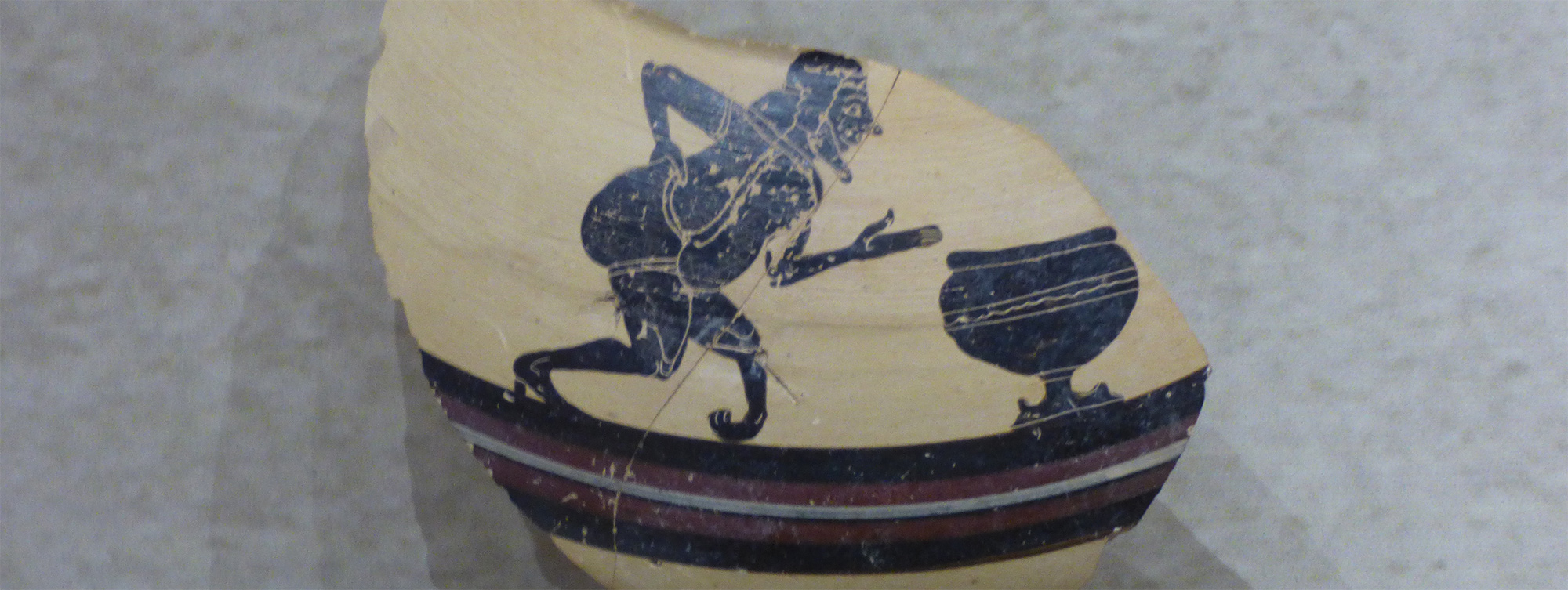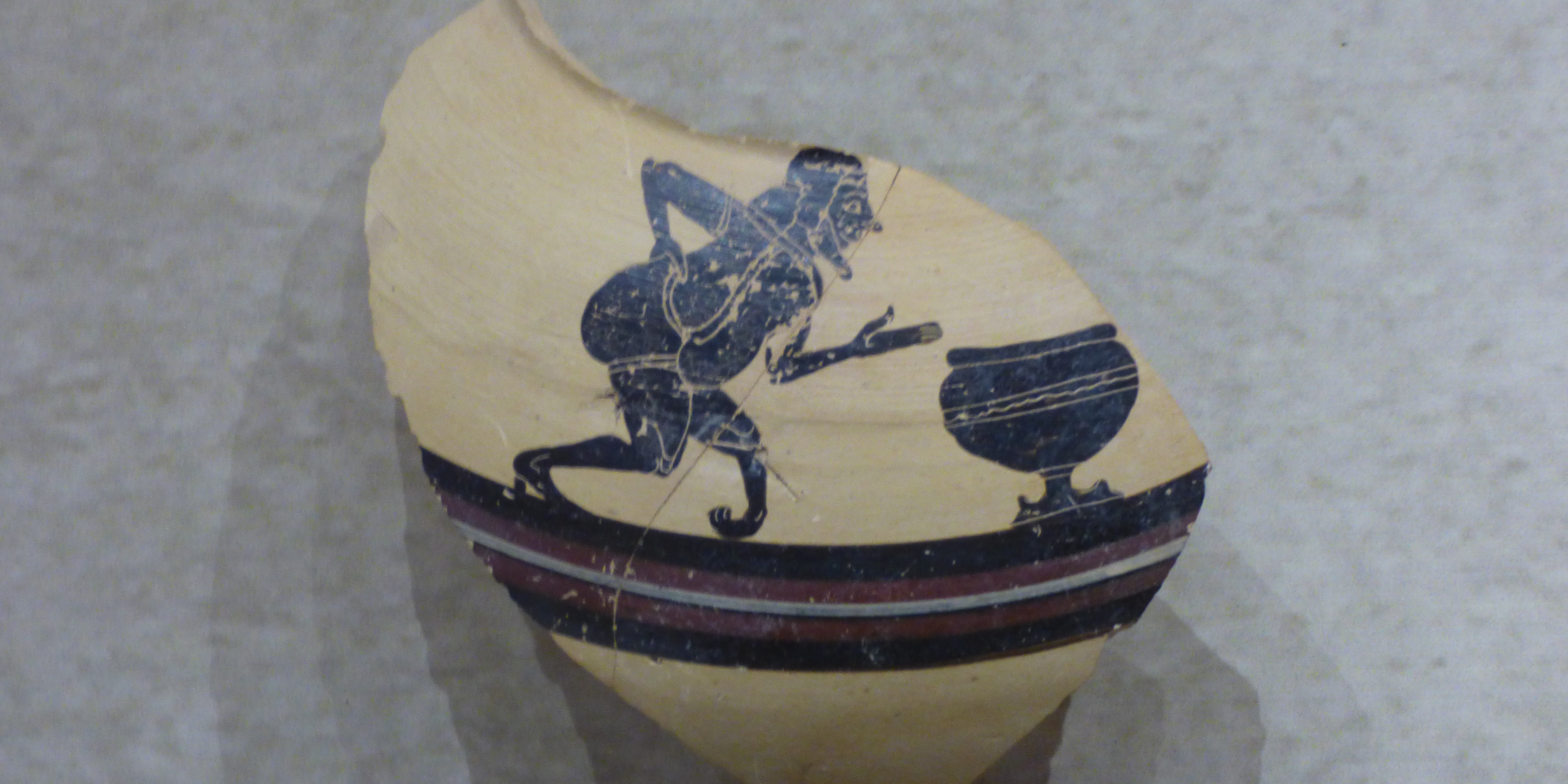The Life Cycle of Disability in Ancient Greece
Debby Sneed
Archaeology
UC Los Angeles
This dissertation investigates how the concept of disability was communicated and mediated in ancient Greece through art, literature, architecture, and burial customs from ca. 1000 to 100 BCE. More specifically, it traces how the intersection of disability and age entailed different attitudes, expectations, and experiences for infants, children, adults, and the elderly, as well as within the mythological world for figures like the lame Olympian god Hephaistos. Using interdisciplinary methodologies and various theoretical perspectives, this work considers diverse forms of evidence, including 5th and 4th century BCE medical treatises and human skeletal remains, and argues that there was no single ethical stance toward the disabled in ancient Greece. It emphasizes the gap between rhetoric and practice, demonstrating that we cannot understand disability without appreciating the multiple and competing perspectives expressed in the remains of the past.


